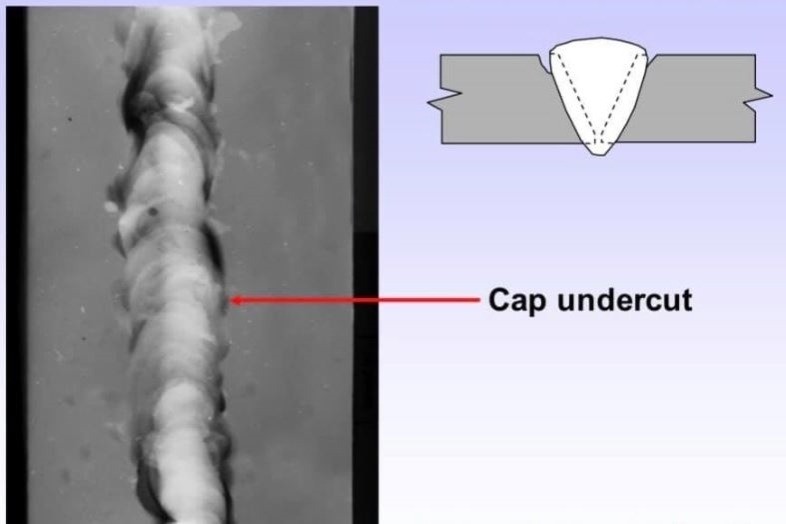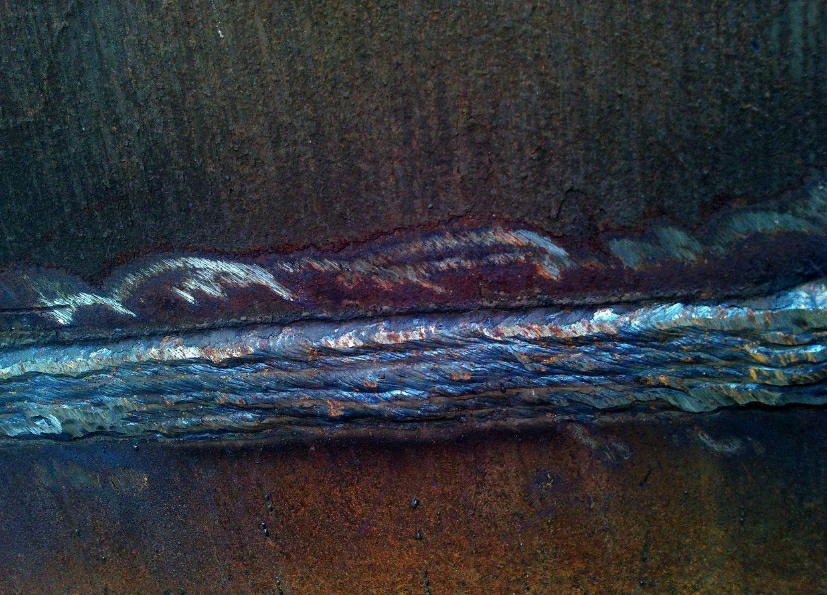Crucial Tips for Welders: Preventing Undercut Welding and Ensuring Stronger Weld Joints
In the world of welding, attaining durable and solid weld joints is the cornerstone of creating premium job. One common obstacle that welders usually encounter is undercut welding, which can endanger the honesty of the weld joint.

Understanding Undercut Welding
Undercut welding is a common welding flaw that happens when the weld steel stops working to appropriately fill up the groove and causes a groove-like clinical depression along the weld bead. This issue damages the weld joint, making it vulnerable to splitting and failing under stress. Undercutting can be triggered by various factors, including extreme welding present, high welding speed, inappropriate electrode angle, incorrect electrode size, and poor welding strategy.
Among the primary factors for undercut welding is an imbalance between the welding present and the welding speed. If the welding current is expensive or the welding rate is also fast, the weld metal may not effectively fill up the groove, bring about undercutting. Furthermore, using an electrode that is as well big can result in a similar outcome, as the excess steel can not effectively stream right into the groove.
To stop undercut welding, welders must guarantee they are using the proper welding criteria, maintain a suitable electrode angle, choose the ideal electrode size, and practice correct welding strategies. By attending to these variables, welders can reduce the threat of damaging and develop stronger, much more trusted weld joints.
Proper Welding Method
Reliable welding technique plays an important function in making certain the top quality and integrity of weld joints. One basic element of appropriate welding strategy is keeping the correct angle and distance between the welding weapon and the work surface.
In addition, a constant and stable hand activity is essential for creating solid and long lasting weld joints. Welders should go for smooth, uniform motions to ensure also distribution of the weld material. Appropriate adjustment of the welding weapon and filler product is also essential to achieving optimal infiltration and combination.
Furthermore, regulating the warmth input and selecting the suitable welding criteria based upon the product being bonded are important aspects in achieving premium welds - Preventing weld undercut. Welders need to follow the suggested setups given by welding procedure specifications and readjust them as needed based on the specific demands of the task. By grasping appropriate welding techniques, welders can dramatically enhance the stamina and reliability of their weld joints
Picking the Right Electrode
Maintaining the appropriate angle and distance in between the welding weapon and the workpiece is essential when taking into consideration the importance of selecting the right electrode in welding applications. The selection of electrode plays a critical duty in determining the high quality and toughness of the weld joint. Electrodes come in different types, each developed for certain objectives and products.
To start with, selecting the appropriate electrode size is important. Thinner electrodes are appropriate for welding thin materials, while thicker electrodes are better for thicker materials and higher heat applications. Matching the electrode size to the density of the work surface aids achieve a balanced weld.
Secondly, recognizing the material make-up of the electrode is vital. Various electrodes are created for welding details products like steel, stainless steel, aluminum, or cast iron. Utilizing the right electrode product guarantees great combination and minimizes the threat of issues in the weld.
Finally, considering the welding position and method is vital when selecting the electrode type. For example, particular electrodes are better matched for overhead or vertical welding settings, while others function well for level or straight settings. Choosing the right electrode based upon the welding technique improves the total weld top quality and stability.
Preparing the Base Metal
To ensure a successful welding process, what first steps should be taken when preparing the base metal for welding? Properly preparing the base steel is important for attaining long lasting and solid weld joints. The first action in preparing the base steel is to cleanse it extensively to get rid of any kind of impurities such as rust, oil, paint, or dust. This can be done using a cable chemical, grinder, or brush solvents. Furthermore, any kind of existing weld material or residue from previous welding must be removed important site to ensure a clean surface area for the brand-new weld.

Performing Post-Weld Assessments

After carrying out these assessments, welders should contrast the outcomes versus industry requirements and job demands to guarantee that the weld joint meets all required criteria. Any type of discrepancies or insufficiencies uncovered throughout the post-weld examination ought to be promptly resolved through suitable restorative steps to assure the weld's stability. By vigilantly performing post-weld assessments and quickly resolving any concerns, welders can support the quality and reliability of their work, inevitably adding to the security and durability of the bonded frameworks.
Conclusion

In verdict, protecting against undercut welding and making certain more powerful weld joints require a mix of correct welding strategy, choosing the right electrode, preparing the base steel correctly, and carrying out post-weld inspections. By comprehending the reasons of undercut welding and implementing the required precautions, welders can create high-quality weld joints that meet market criteria and make sure the architectural stability of the welded parts.
Undercut welding is a common welding flaw that happens when the weld have a peek here steel fails to appropriately fill up the groove and results in a groove-like clinical depression along the weld grain (Preventing weld undercut). Undercutting can be created by different aspects, including too much welding current, high welding rate, inappropriate electrode angle, wrong electrode dimension, and inadequate welding technique
One of the main factors for undercut welding is a discrepancy in between the welding existing and the welding rate. If the welding current is too high or the welding speed is too fast, the weld steel might not effectively load the groove, leading to undercutting.Maintaining the correct angle and range in between the welding gun and the work surface is fundamental when taking into consideration the relevance of picking the appropriate electrode in welding applications.